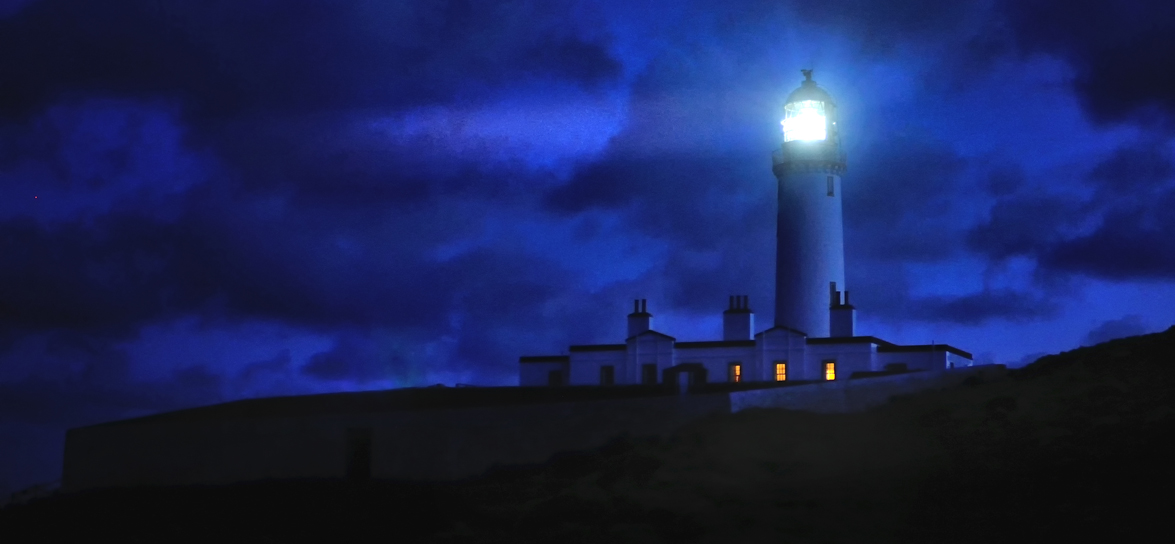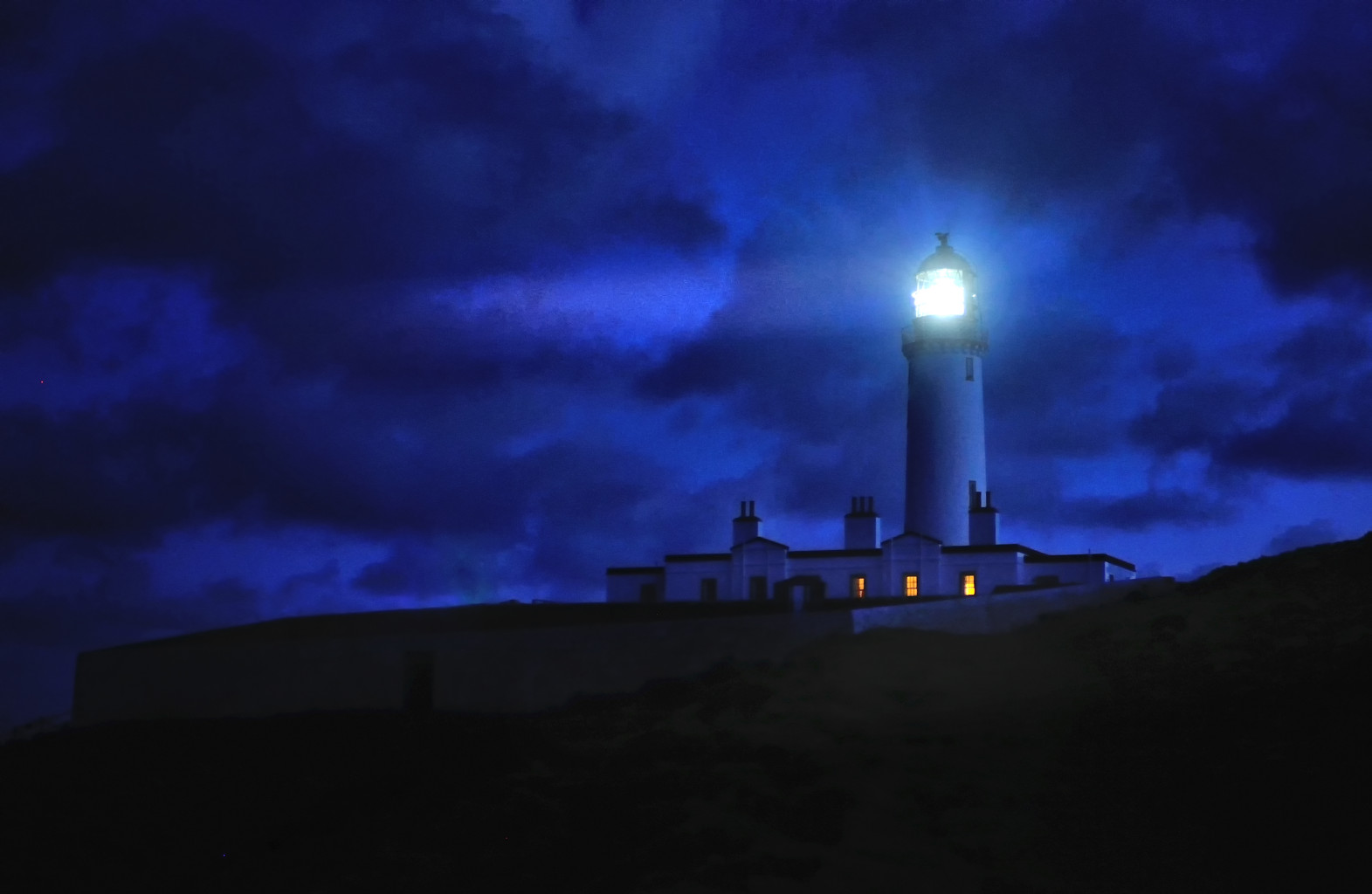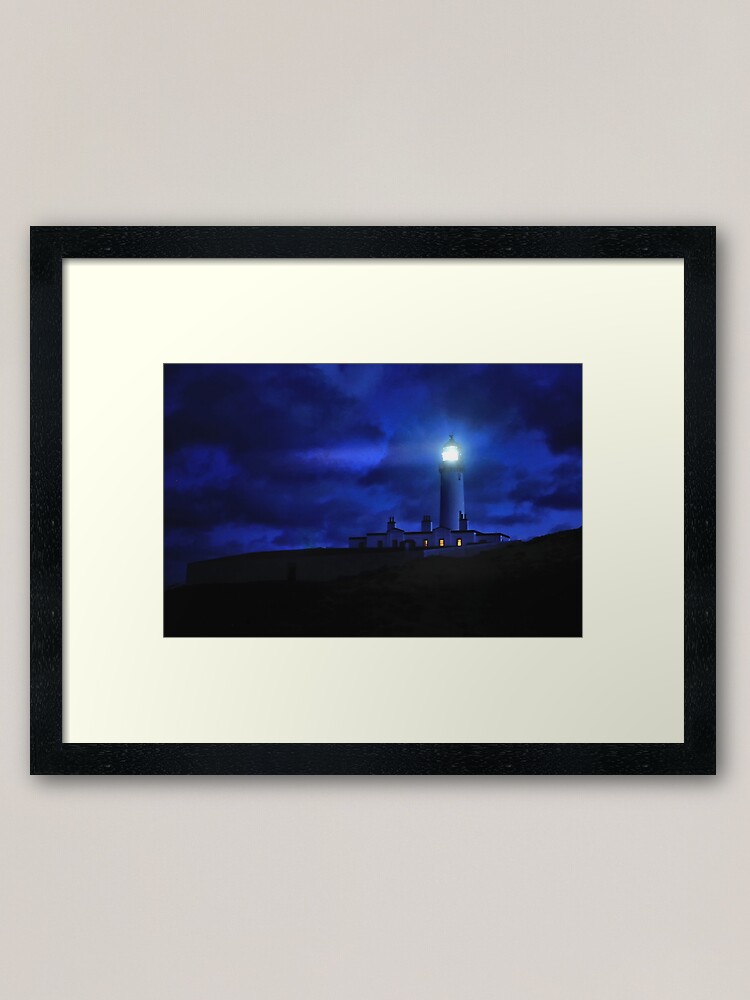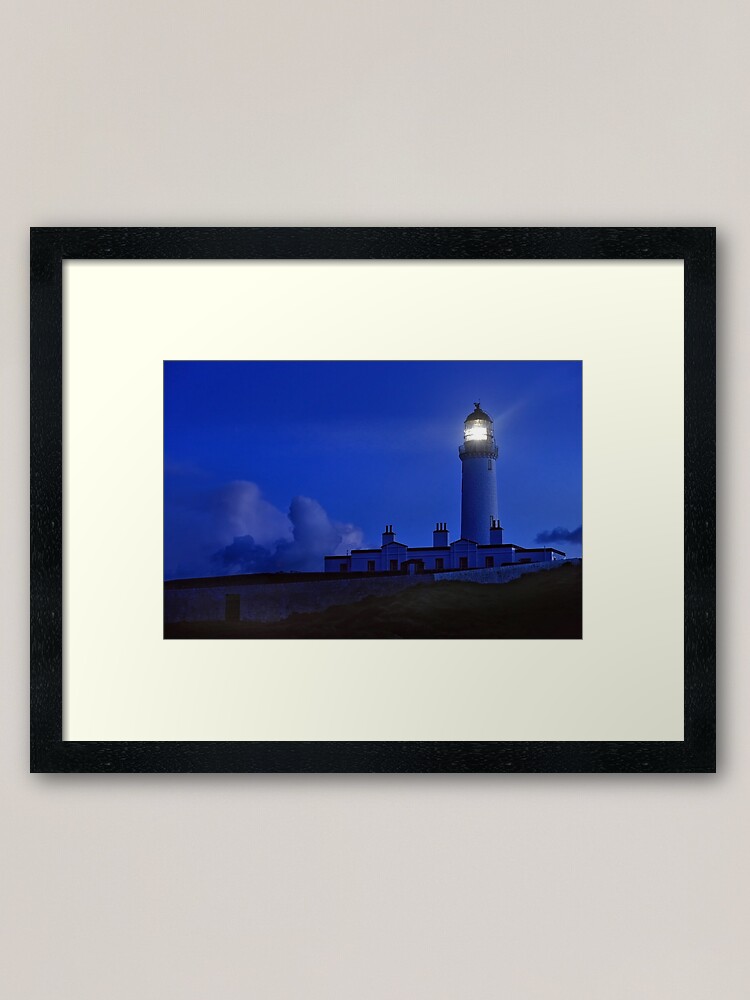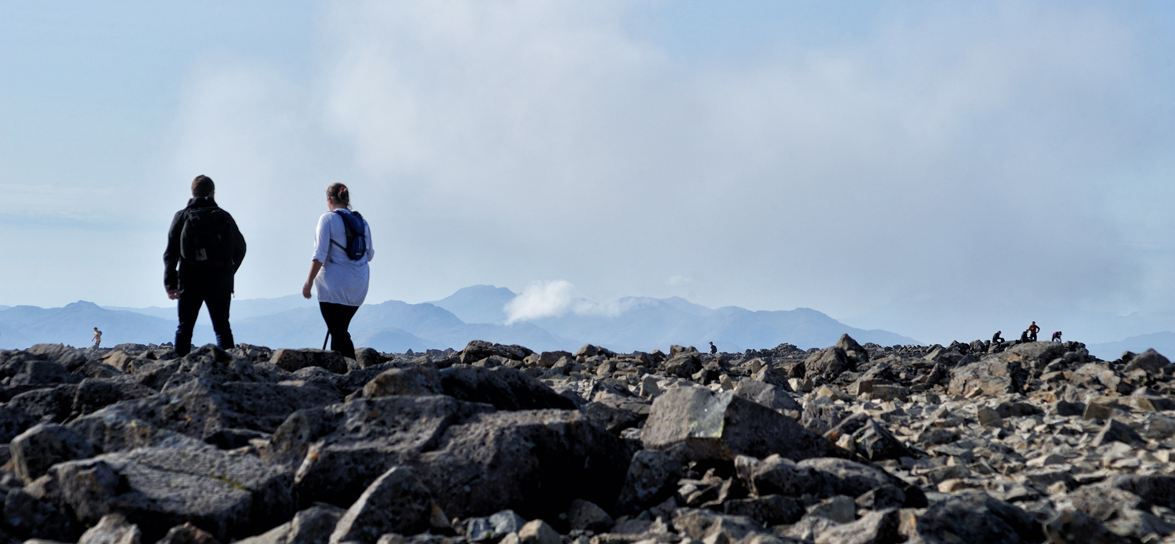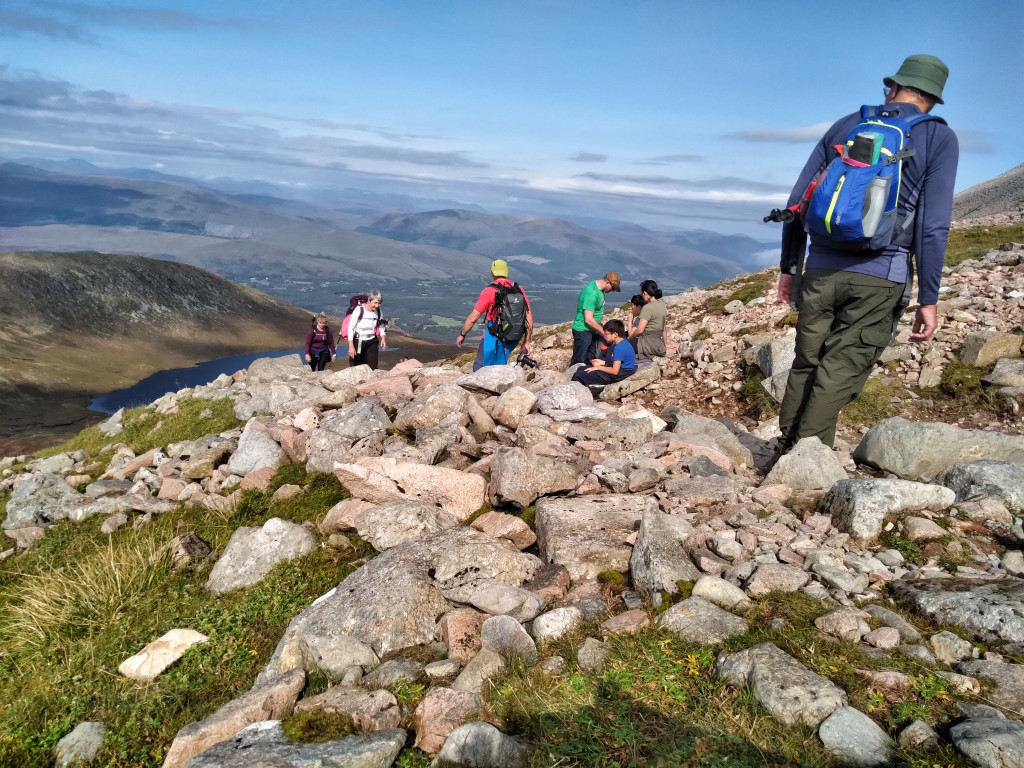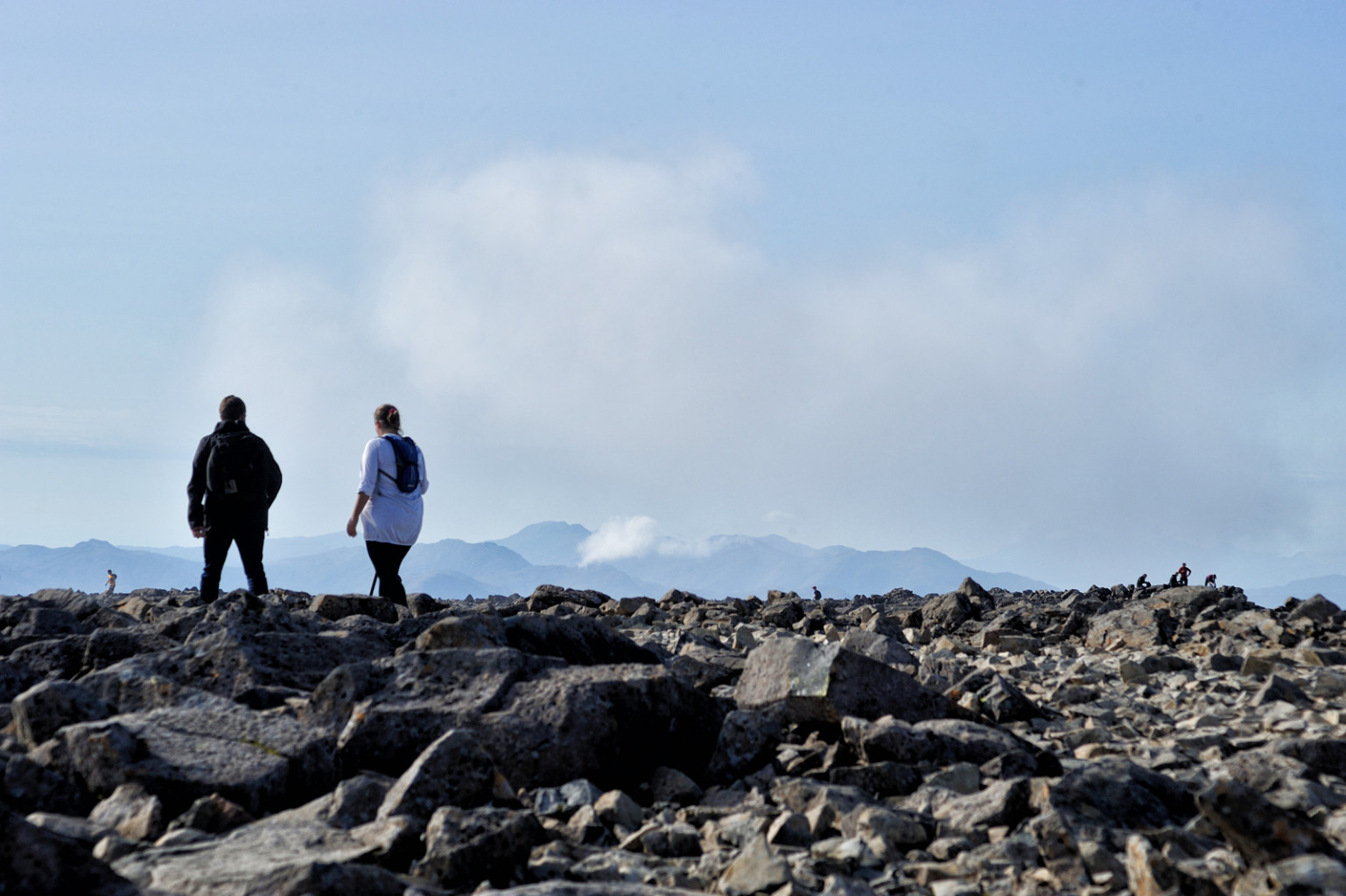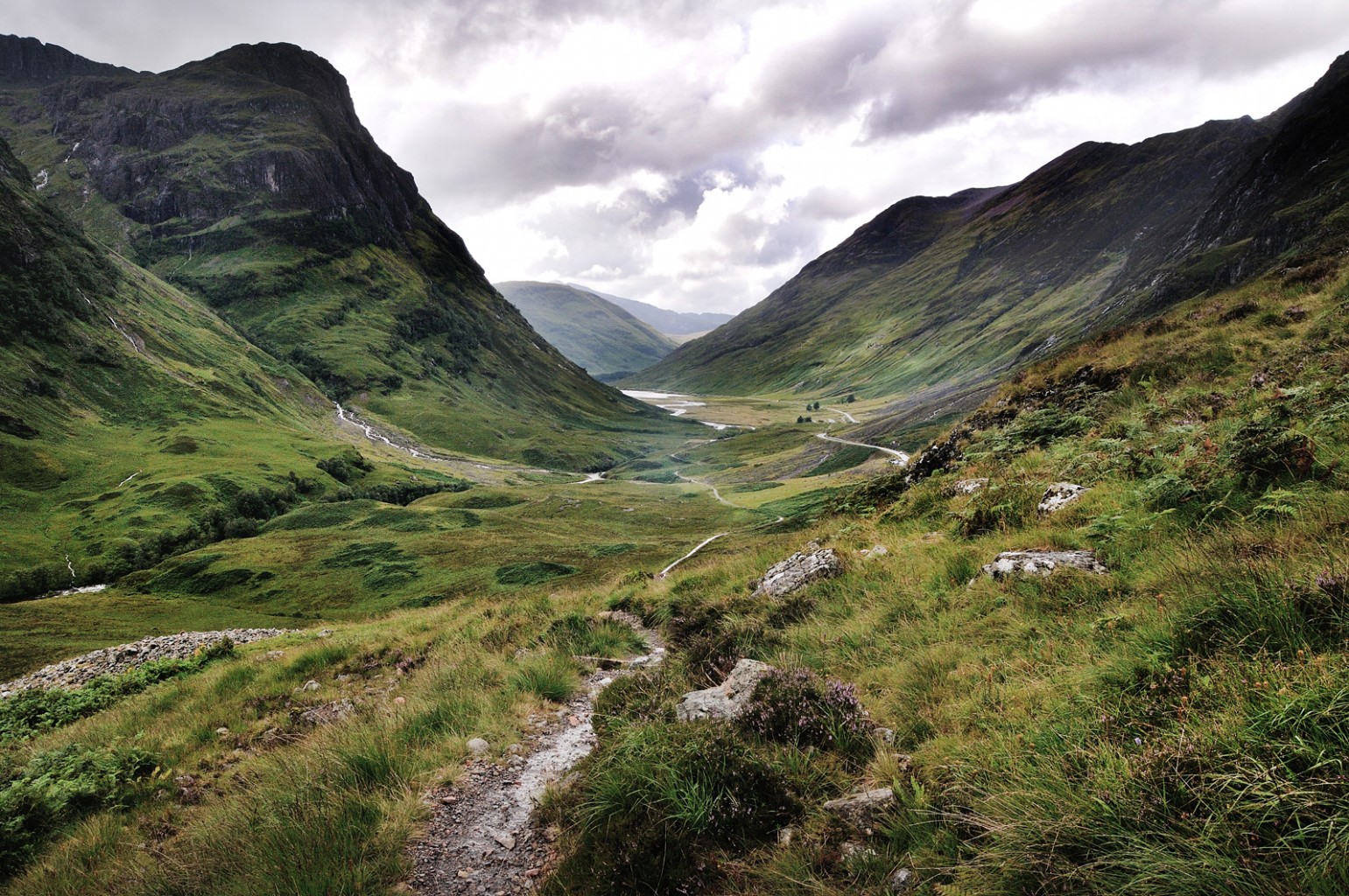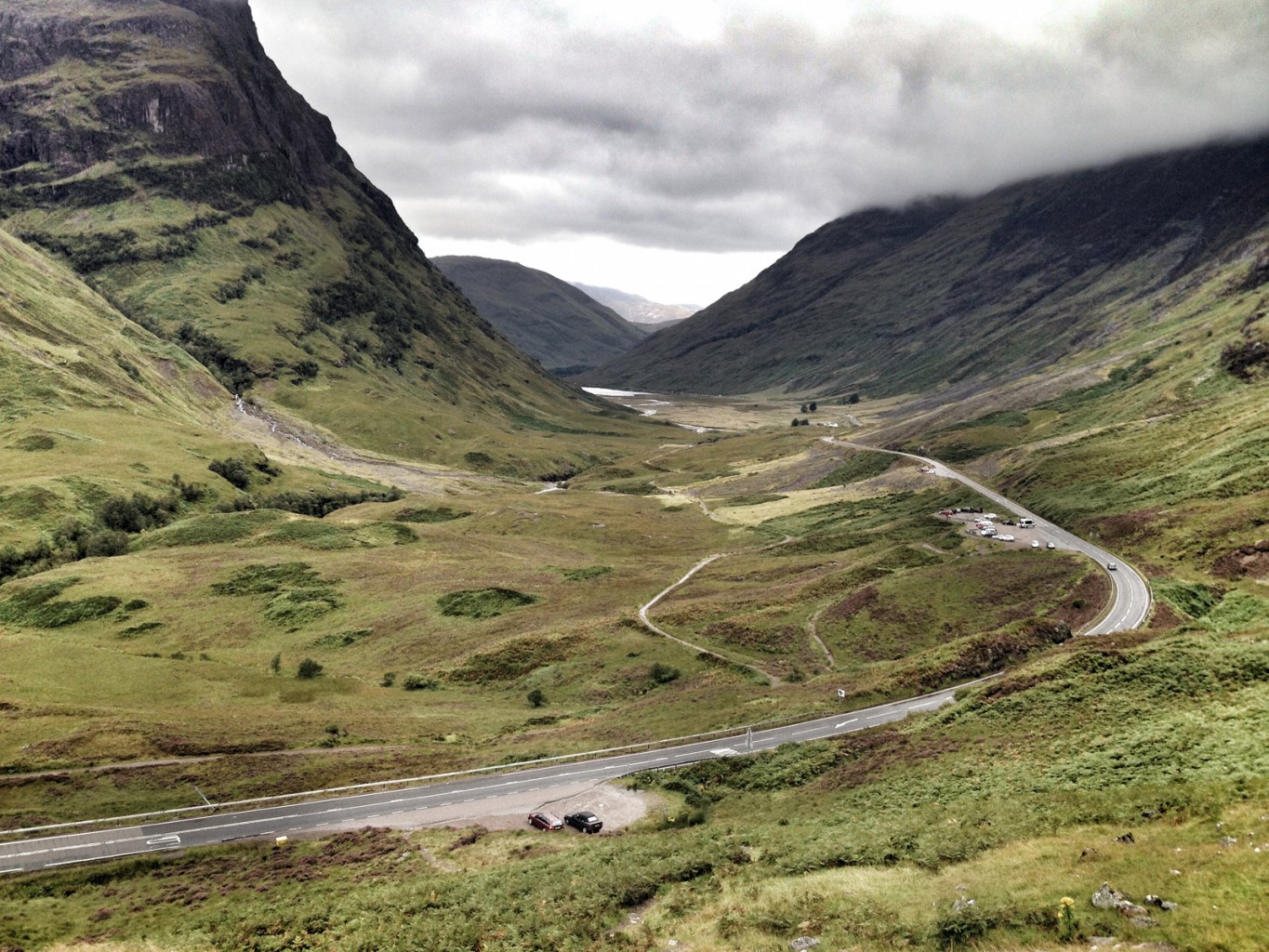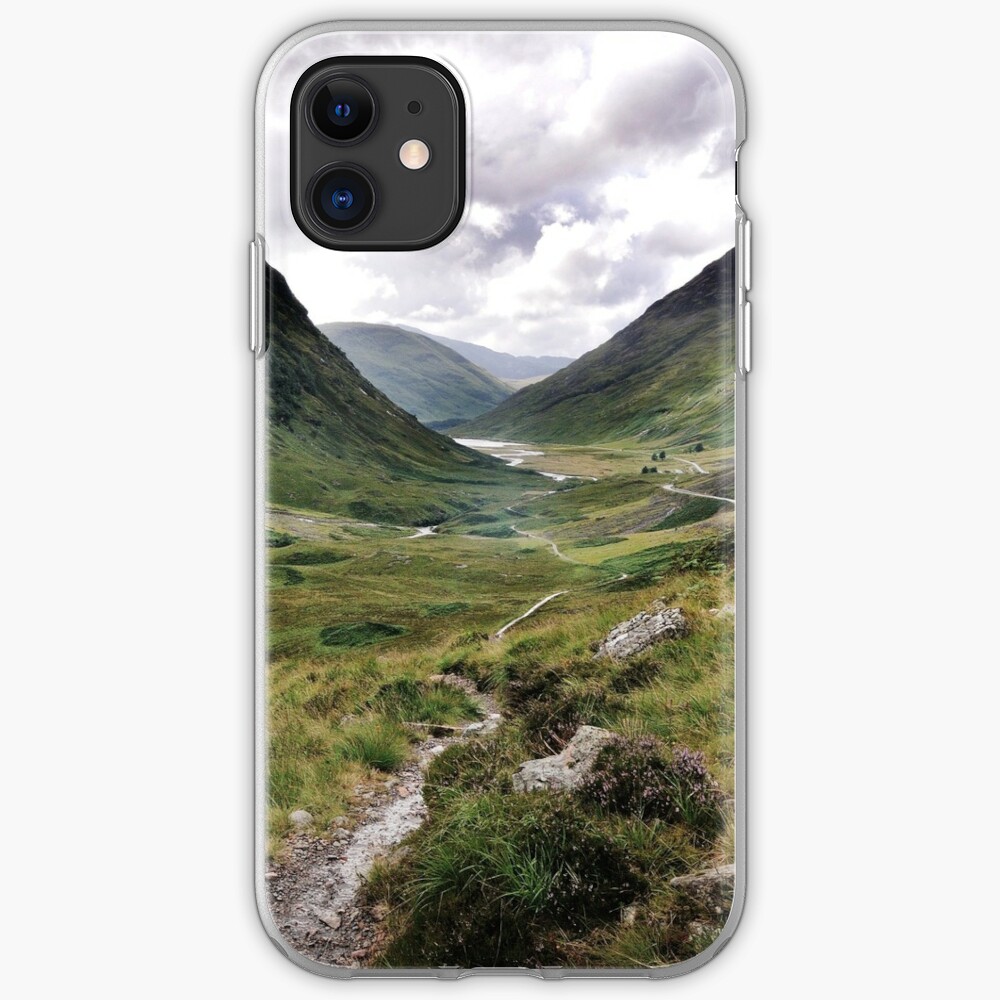Mull of Galloway: The Lighthouse
Gulls, Gales and Grandeur
The Mull of Galloway is Scotland’s most southerly point with panoramic views across the Irish Sea to the coasts of England, Scotland, the Isle of Man, and Northern Ireland. The photography in the gallery covers the Mull of Galloway but also extends out over the nearby Rhins of Galloway to include locations such as Port Logan and Portpatrick.
The visit to the Mull provided a great opportunity to see one of Scotland’s most beautiful coastal areas but there were a few surprises I wasn’t expecting. The Mull has a remote feel when you arrive. Stranraer is only 28 miles away and yet it feels like a Scottish island.
Big Screen
Film and TV productions have certainly tapped into this ‘Hebridean feel for several productions including BBC TV’s Two Thousand Acres of Sky and the 2018 film The Vanishing which used a variety of locations around the Mull and Rhins of Galloway. Port Logan was used in both productions to create a remote Hebridean location. The Mull of Galloway lighthouse also features heavily in The Vanishing.
The Lighthouse
The Mull of Galloway lighthouse stands at the end of the Mull and can be seen as you drive along the coast. The lighthouse was built in 1828 with the lighthouse becoming operational in 1830. Constructed by engineer Robert Stevenson, the white-painted round tower is 26 metres (85 ft) high. The light is 99 metres (325 ft) above sea level and has a range of 28 nautical miles (52 km). It is an excellent example of the lighthouses engineered by the Scottish engineer Robert Stevenson during that period.
Stevenson’s most famous lighthouse remains the Bell Rock lighthouse built in 1810 off the coast of Angus, Scotland. It is the world’s oldest surviving sea-washed lighthouse. The construction of the Bell Rock lighthouse boosted Stevenson’s career and he (and later his son) went on to build many more lighthouses around the coast of Scotland.
The Foghorn
The lighthouse is the only fully operational foghorn in Scotland. Designed to run automatically after being started, the foghorn uses compressed air to sound a warning. Foghorn use ceased in the early 1990s as technology provided other options for navigation in low visibility. Fortunately, I had the privilege of hearing the foghorn which was oddly a very moving experience. The haunting deep note echoing across the water felt very lonely like a foghorn calling out and then waiting for a reply from another foghorn. Only no reply ever came. Hopefully, this working piece of nautical audio history will continue calling out for many years to come.
Black and White Photography
The photography style took some time to gel with this project. Originally the images had been shot to produce colour photographs. During the editing process, however, it became clear that colour wasn’t the right direction to take the project. Several colour images did work and have been included in the gallery but others lacked visual impact. The final decision to produce black and white images didn’t come until several months later during an image editing session. Sometimes a bit of experimentation and improvisation comes into play and produces the required results. Photography is all about experimentation and challenging yourself and the Mull of Galloway Images certainly managed to do that.
I’ve always loved black-and-white photography. It sees the world in a very different way and for many years I was purely a black-and-white photographer. Digital photography has made the creative process of black-and-white photography so much easier. Toners, different film and paper styles are just a click of a button away. Experimenting is so much easier and if you don’t like the results you can revert to a previous version. That said, I do look back at the Norfolk project with its gritty black-and-white photography with a great deal of fondness.
Copper Tones
The crisp tones and contrast in the images were the style I wanted for these images. A copper toner setting was used to give the images some warmth. For many years I used selenium toner on the photographic prints to create deep rich tones. I think the use of the copper toner in these photographs stems from that. I did try the selenium setting in Photoshop but preferred the warmer hues of the copper.

Bonus Podcast: Mull of Galloway, Scotland – May 2021 – The Richard Flint Photography Podcast
Battling the Elements
Photographing the Mull of Galloway came with a few challenges. The weather was probably the biggest factor with rain and strong winds being close at hand. Early on in the stay, a force nine gale was encountered that brought home the exposed nature of the Mull of Galloway coast. The sturdy lighthouse cottage I was staying in did not indicate the ferocity of the wind and rain. Photography was nearly impossible in those conditions. The wind and rain hurt as they blasted your face! It was some of the worst weather I’ve ever encountered but I imagine that lighthouse has seen worse!
Photographing the lighthouse at night was especially complicated by the wind. The violent gusts caused the tripod to vibrate very slightly – not ideal when shooting slow-exposure still images. Timing the exposures for a lull in the wind provided the best solution but the wind was a very unpredictable adversary. The violent weather did create wonderful skies though, full of layered clouds that created light shafts over the sea, shadows over the land or just added wonderful textures to the skies. As with all landscape photography, the trick is to be prepared and adapt to the weather conditions.
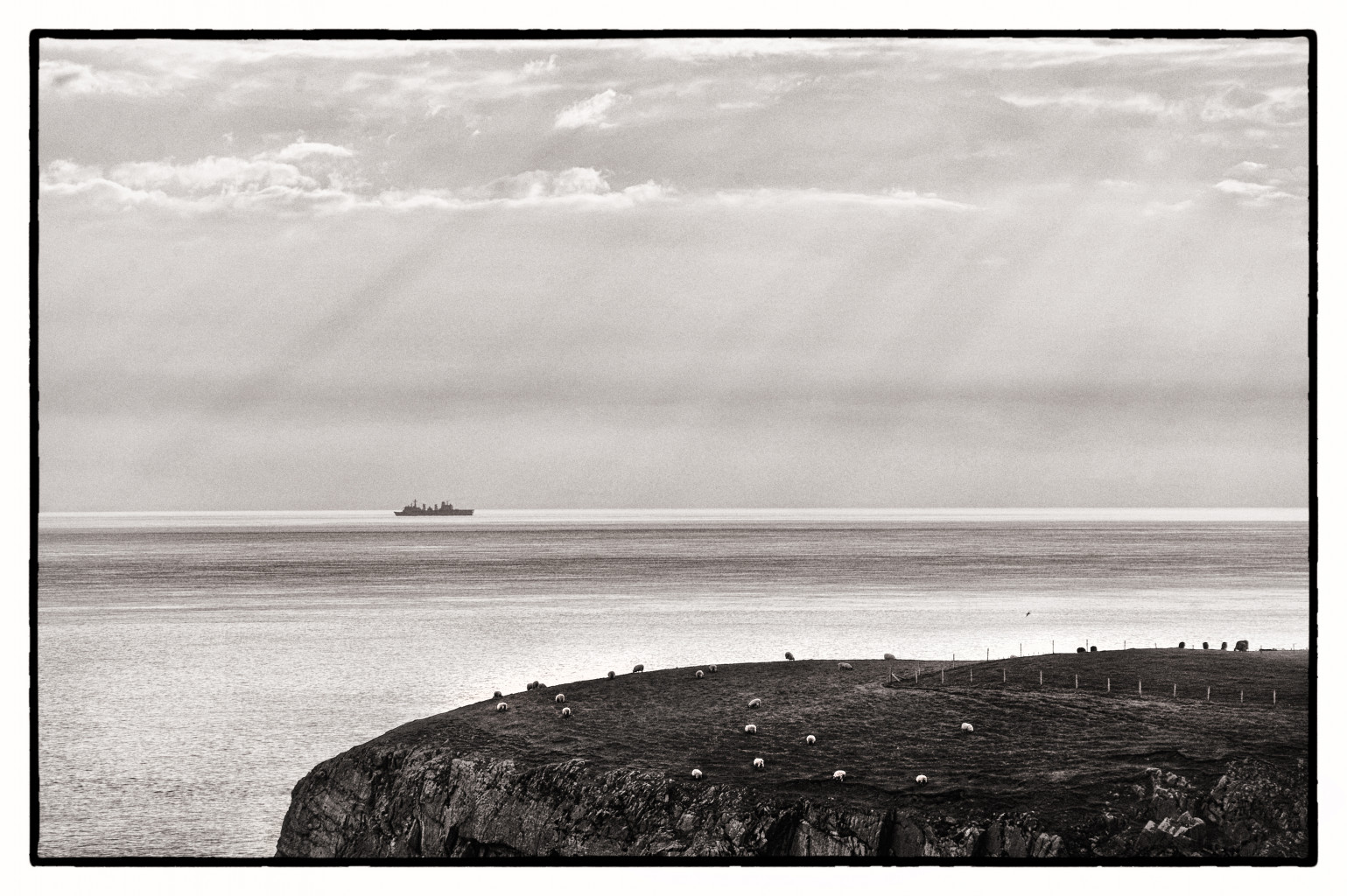
My Favourite Image
Many photographs stood out from the project. I especially loved the light and shadow images that visually captured the fast-moving changes on the Mull. Quite a few images also had impressive skies that seemed to be a common sight around that area. Winds, tides and the landscape create wonderful dramatic panoramas. However, the image I’d choose as my favourite caught one of the many ships moving through the area. If a camera was essential to capture the landscape then a pair of binoculars was just as important to take a look at the shipping traffic passing through the Irish Sea.
My favourite photograph is of the Fort Victoria class Auxiliary Oiler Replenishment (AOR) Ship of the British Royal Fleet Auxiliary off the coast of the Mull of Galloway. The ship was waiting offshore one evening with a wonderful cloudscape behind it. The colour original was pretty good but the photograph only came to life when it was converted to black and white. The tones and textures of the sea, coast and sky came out providing a wonderful atmosphere to the photograph. The next morning the ship had gone.
Photographing Scotland
Scotland provides so many opportunities for the photographer. The country’s diverse landscape moving across the lowlands to the Highlands continues to inspire my photography. The coastal areas, such as the Mull of Galloway, also offer up constantly changing vistas affected by the winds and tides. The human interaction with these places is what fascinates me.
Fortunately, the Scottish Borders are around an hour’s drive from where I live. The opportunity to regularly continue photography in southern Scotland is there. The northern areas also include plenty of potential. The Outer Hebrides is one area of interest for future project development. It’s going to be a great project to contribute to over the coming years.
The photography comes from a mix of mediums including mobile photography. Instagram has been especially useful for showing images as journeys have progressed. The Two Towns and Seven Hills photography are offshoots of this project looking at the city of Edinburgh.
Plans include the development of some photography books, large-format photography, multimedia, and more.
Related Galleries
The photographs in this gallery form part of the Scotland: Lowlands, Highlands, and Islands project.
My 2015 Edinburgh photograph called ‘The Two Towns’ can be found HERE
The Edinburgh: Seven Hills project can be found HERE
Photography Prints
If you would like to purchase a Mull of Galloway print, the Richard Flint Photography RedBubble store has a wide range of images available.
Framed prints, canvas prints, artboards, metal prints, acrylic blocks plus lots more can be found on the RedBubble store HERE.

